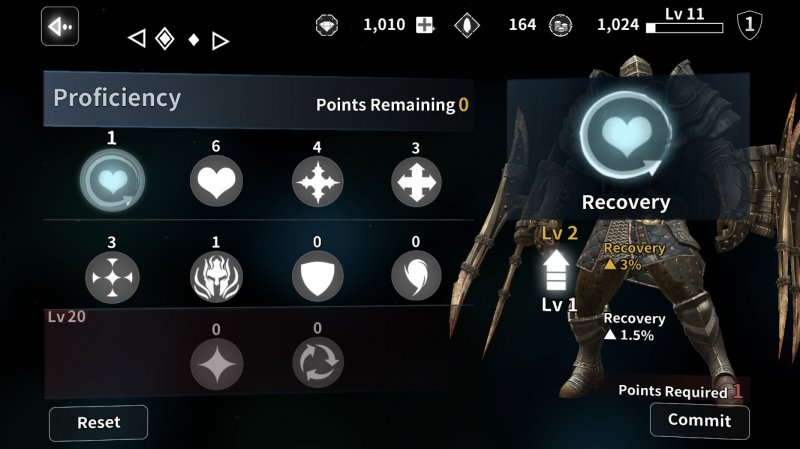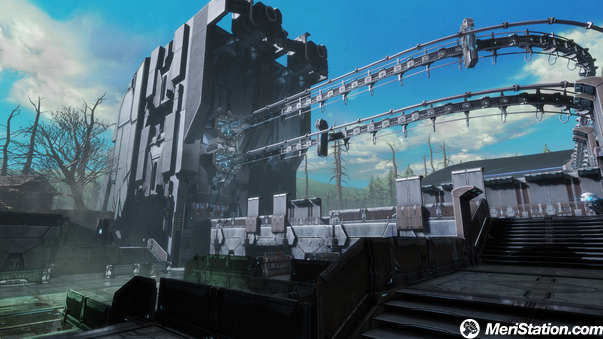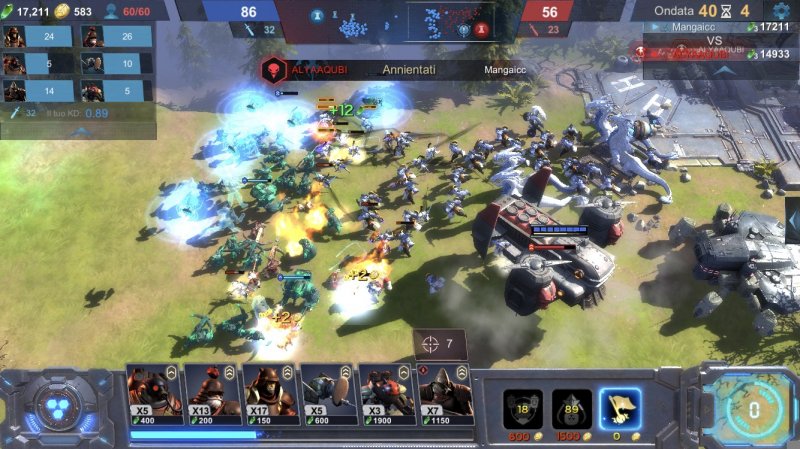A little ‘Dark Souls, a bit’ Monster Hunter, the debut title of the South Korean study showed that now you can offer this type of experience even on mobile, where they are clearly supported by a system of touch control and the thickness that there would expect such games. Well, with Animus – Stand Alone this talented development team has taken another important step forward, abandoning the survival mechanics in favor of a hardcore RPG action approach and carrying out a substantial revision of the controls and the combat system.
The result is in fact a spiritual sequel, so to speak, of their previous project, which reuses several times the excellent assets made at the time (mainly the rich bestiary of the enemies) aiming however to a premium model and therefore to an experience that does not is in no way fragmentary, allowing us to start again from the last checkpoint, after the umpteenth game over, without having to use virtual or valuable currency. In the game we wear the heavy armor of Morgan “the pilgrim”, an extraordinary warrior who finds himself trapped inside a desolate and inhospitable land , full of terrible pitfalls to which we will have to try to survive, in view of a campaign made up of several extra chapters and missions.
ALONE IN THE IMMENSE EMPTINESS
A short tutorial introduces us to the controls of Animus – Stand Alone, as said a rationalized version of what we saw in Ire: Blood Memory. The biggest buttons are those of the two main attacks, with the first on the left assigned to the execution of a devastating special that you can make once the indicator of the rage is loaded to the maximum. In the upper row we find the healing potion (we will have three available for each mission), the shield and lateral deviation, the latter maneuver absolutely essential to escape from blows that can inflict heavy damage, or in some cases even kill us instantly .
Finally, at the top, there is the lock-on button, which allows you to focus on an opponent and eventually move to the next target, trying in this way to manage the situations in which you are outnumbered. The system works surprisingly well, with a set of priority inputs (see the one for the dodge) that do not oblige in all cases to wait for the end of a movementto be able to get away.
The only limitation of this setting, if you really want, is the lack of an option that allows you to enlarge or reposition the icons, in order to enhance the gap later than the parade, which unfortunately proves ineffective as soon as you collect more than two shots in a combo. The game also supports MFi controllers, although this feature seems for the moment in need of some filings in terms of responsiveness and customization.
THE BLACK WARRIOR
The Animus – Stand Alone missions are set up as short hikes within fairly repetitive scenarios, which can not therefore boast a great variety but act as simple backgrounds for battles. Generally, you have to deal with low-level enemies, all the same dangerous, and then get to challenging boss fights
to be repeated over and over again until we have memorized the enemy’s numerous attack patterns and devised the necessary countermeasures. Between one stage and another we can manage the loot and the coins collected to improve our equipment, sell or disassemble weapons and armor that we consider useless, but also spend the experience points unlocked to enhance certain characteristics of the protagonist: health, resistance , the duration of the dodge, the eventual recovery.



